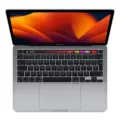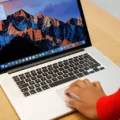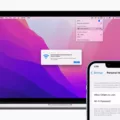The MacBook Touch Bar volume is a convenient feature that allows you to control the volume of your Mac without having to reach for the keyboard. It’s one of the many useful features included in Apple’s popular laptop series. But like with any feature, it can sometimes malfunction or not work as intended. If you’re having trouble getting your Touch Bar volume to work on your Mac, there are a few steps you can take to try and troubleshoot the issue.
One potential cause of the Touch Bar volume not working is an incorrect setting in System Preferences. To check this setting, click on the Apple logo in the top left corner of your screen and select System Preferences. Then click on Keyboard and select the Keyboard tab. Make sure that Use F1, F2, etc. keys as standard function keys are unchecked – this will allow you to use F10, F11, and F12 as shortcuts for controlling your Mac’s volume via the Touch Bar.
Another possible cause of the Touch Bar volume not working is an issue with your Mac’s sound settings. To check these settings, click on the Sound control icon in your menu bar (or Control Center), then drag the slider to adjust the volume (or use the Control Strip). If the Sound control isn’t in the menu bar, choose Apple menu > System Settings, then click Control Center in the sidebar.
If you’re still having trouble getting your Mac’s touch bar volume to work properly after trying these steps, it may be time to contact Apple for technical support or take it to an authorized repair shop for diagnosis and repair if needed. In most cases, however, following these steps should get things up and running again quickly and easily!
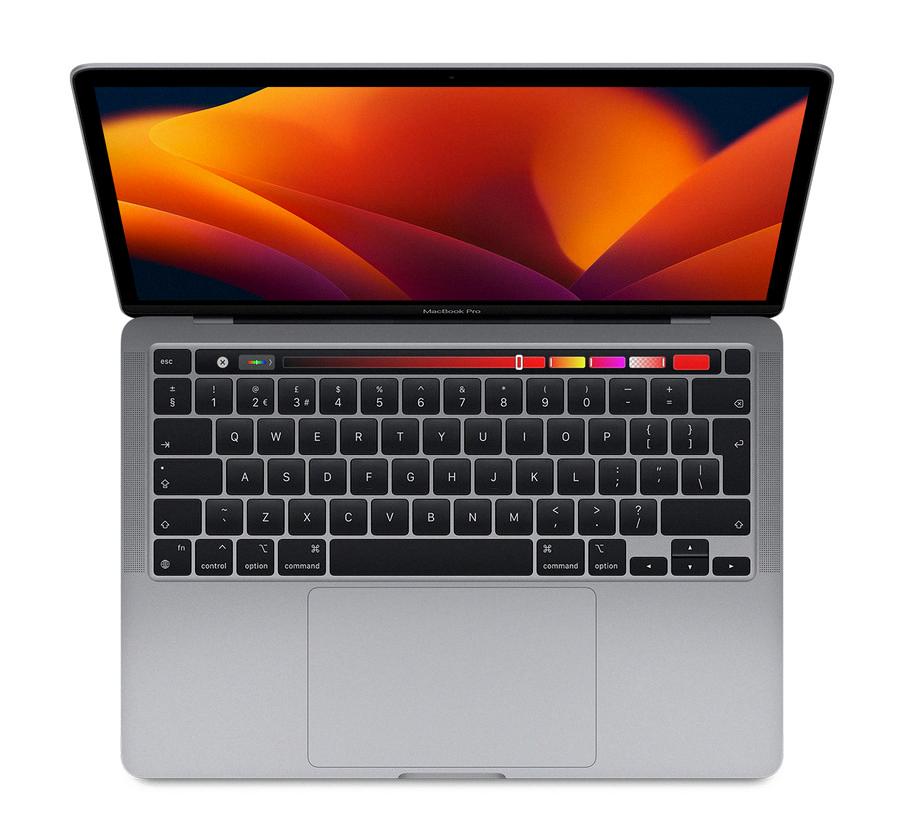
Increasing Volume on a Macbook Pro Touch Bar
To get the volume on your Macbook Pro Touch Bar, first, make sure that you have the Sound control enabled in the menu bar or Control Center. To do this, open System Preferences from the Apple menu, then click on the Sound Control icon. Once enabled, you can use the slider to adjust the volume or use the Control Strip. To access the Control Strip, simply press and hold down the touch bar and swipe left until you see ‘Control Strip’. You can then drag up or down to adjust the volume.
Troubleshooting Issues with Mac Touch Bar Volume Not Showing
The Mac Touch Bar volume may not be working due to a few different reasons. One possibility is that you may need to enable the audio output in your System Preferences > Sound. Make sure the Output device is set to your Mac’s internal sound card and that the checkbox next to it is enabled.
If that doesn’t work, ensure that the audio control settings are set correctly in System Preferences > Keyboard > Keyboard > Use F1, F2, etc. keys as standard function keys. If this is enabled, it will override any other function assigned to those keys, such as the volume control on the Touch Bar.
You should also check your keyboard setting in System Preferences > Accessibility > Keyboard > Hardware and ensure that the “Enable slow keys” option is disabled. If enabled, it may prevent the Mac Touch Bar volume from working properly.
If none of these steps resolves the issue, it’s possible that there could be an issue with your system software or hardware and you should contact Apple support for further assistance.
Adjusting Volume on a Macbook Pro Without Touch Bar
To adjust the volume on a MacBook Pro without a Touch Bar, press the F10, F11, or F12 keys on your keyboard to mute, decrease, or increase the volume respectively. To enable the volume slider in the menu bar, click the Apple menu. click System Preferences? click Sound? check the “Show volume in menu bar” box. You can then use this slider to adjust your system’s volume more precisely.
Changing Touch Bar Settings
To change your Touch Bar settings, open the Settings/Preferences dialog (Ctrl+Alt+S). Then go to Appearance & Behavior | Menus and Toolbars. Expand the Touch Bar node and you will be able to customize the controls for different contexts and modifier keys. After making all the changes you want, click Apply to save them.
Changing Volume Using Keyboard Shortcuts on Mac
The keyboard shortcut to adjust the volume on Mac is the Option key plus either the Volume Up or Volume Down keys. You can also use the Option–Shift combination with either of these keys to adjust the sound in smaller increments. Additionally, you can use the Option–Keyboard Brightness Up key to open Keyboard preferences.
Using the Touchbar to Press F12 on Mac
To press F12 with the Touch Bar on a Mac, you first need to press and hold the Fn (Function) key on your keyboard. This will show F1 through F12 in the Touch Bar. Alternatively, you can make the function keys automatically appear when you use specific apps by going to the Apple menu. > System Preferences, then clicking Keyboard. Once this is done, simply tap F12 in the Touch Bar to activate it.
Troubleshooting Mac Volume Issues
It is possible that the mute option is enabled on your Mac, which prevents you from increasing the volume. To check if this is the case, open System Preferences and click Sound. On the Output tab, make sure that the Mute box next to Output Volume is not ticked. Additionally, ensure that the Output Volume slider is moved to the right. If these settings are already in place and you still can’t turn up the volume, it may be worth checking if any other sound settings are interfering with your Mac’s sound output. You can also try restarting your Mac or updating its software to see if this resolves the issue.
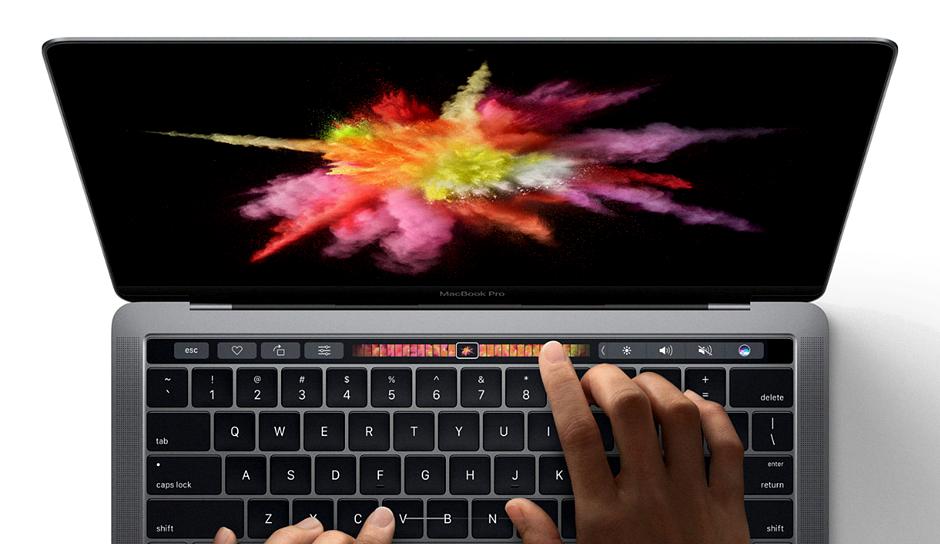
Source: dpreview.com
Conclusion
In conclusion, the Mac Touch Bar volume is a useful feature that allows users to quickly adjust their device’s sound settings. To enable the volume slider in the menu bar, users can click on the Apple menu -> System Preferences -> Sound and check the “Show volume in menu bar” box. Additionally, users can press F10, F11, or F12 on their keyboard to mute, decrease, or increase the volume respectively. Finally, if those keys don’t seem to be working correctly, Mac users should ensure that the “Enable slow keys” setting is disabled in Accessibility > Keyboard > Hardware.


